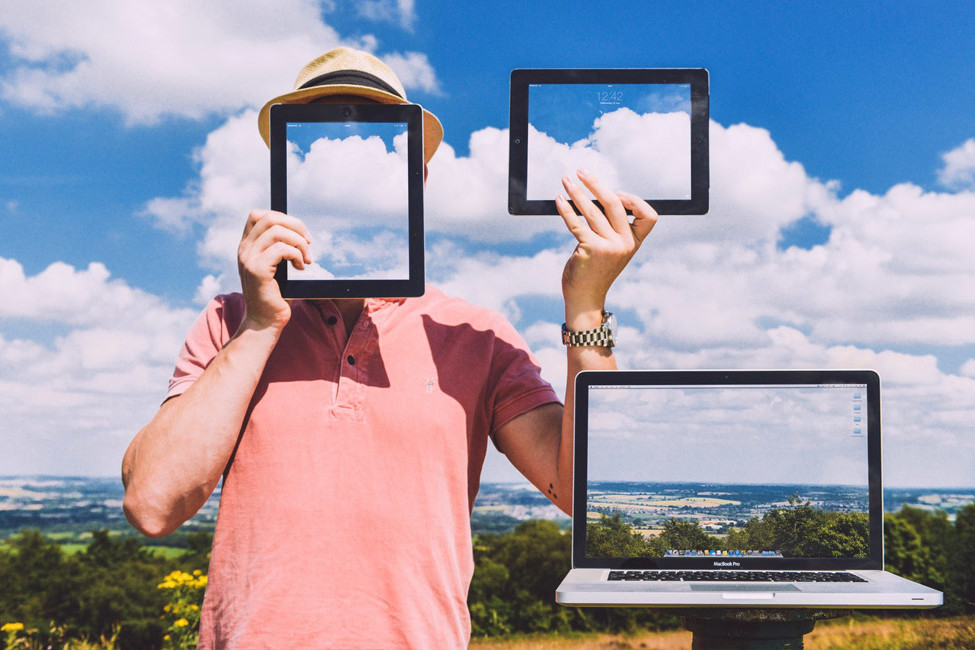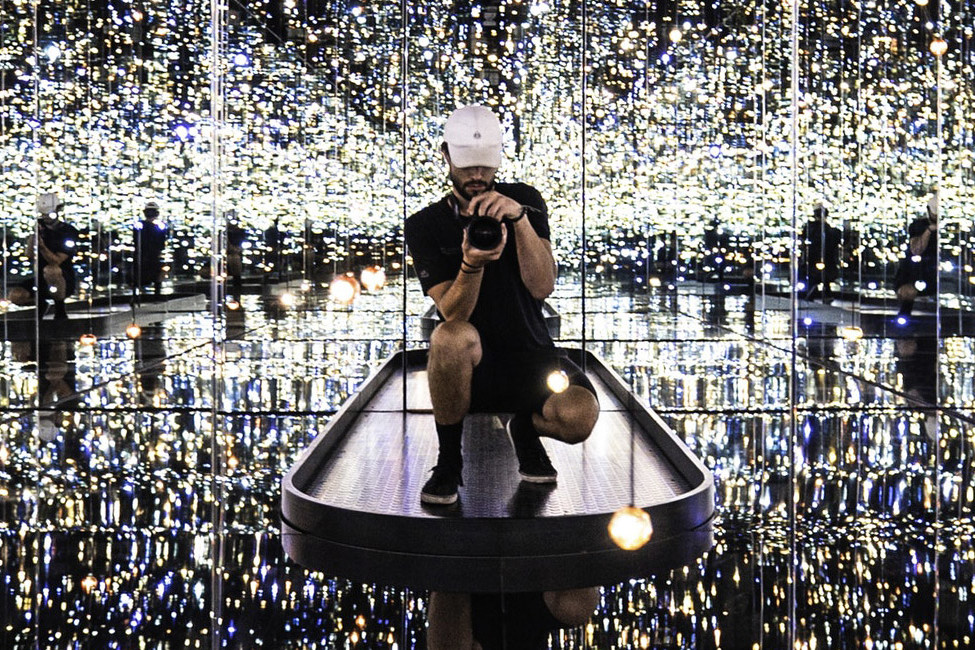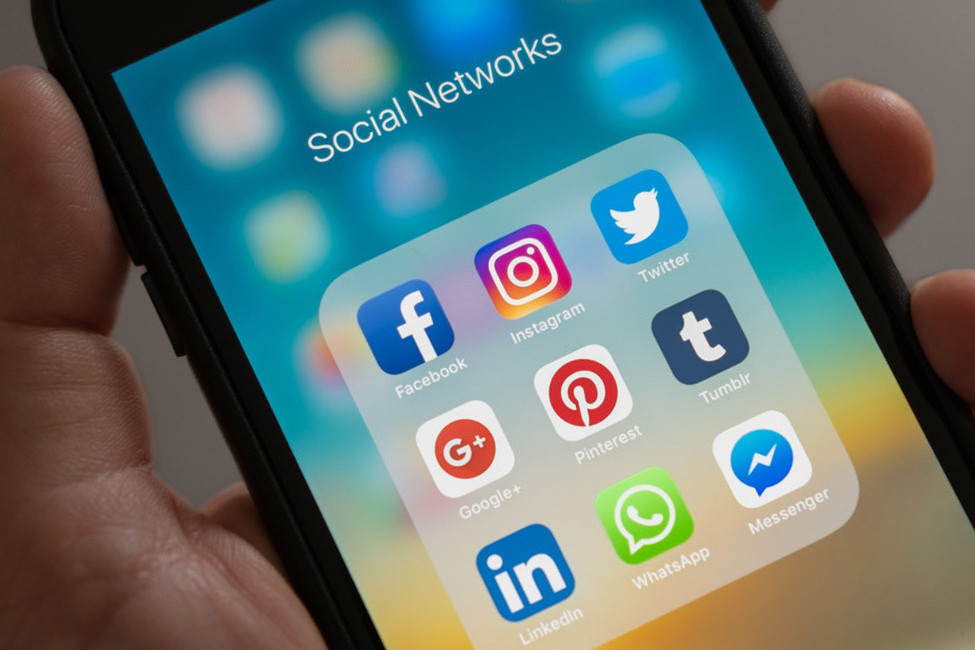HOO-R-UTM Profile: A Timely Innovation
Everything you do on social media automatically signals your online identity, not just today and not just to the individuals in your own social network but forever and to a lot of parties you know nothing about.
Your virtual world identity—your messages, others’ messages you are resending, your reactions to online news, etc.—is accessible to many more people and institutions than your real-world identity.
The difference between your real and virtual world identities can be summed up in two categories: scope and access. Your identity in the virtual world is available to a lot more people and institutions than in the real world. Additionally, it is much easier for anyone interested to observe your identity in the virtual world than in the real world.
Chances are you are a lot more protective of your real-world identity than your virtual world identity. As someone put it, we all learn very early in life the cost of being a jerk. In other words, we know how to protect ourselves from disapproval and social condemnation.
The question is: If we know how to protect ourselves in the real world, why don’t we use the same tools in the virtual world of social media? The main reason is because of the structure of social media. Social media caters to billions of people within a single ecosystem. Unfortunately, that encourages the propagation of base and ignoble ideas and opinions of users because social media is devoid of moral constraints.
Social media sites’ fundamental interest is in attracting the largest possible number of people, keeping them online for as long as possible and encouraging them to return as often as possible. As an unintended consequence, social media lures people to inflammatory and sensational news stories, to the most controversial individual posts and to the items that draw the largest volume of re-posting.
As a result, two things tend to happen. First, people get swept in the torrent of squalid comments and join in to support the expressed point of view or promote an alternative one. Second, social media users tend to have hundreds, if not thousands, of friends and followers. They can multiply the distribution of posts with the click of a button. Unlike the real-world, social media networks give individuals both reach and immediacy at no “economic” cost—it’s free.
In the real-world we automatically exercise control over the identity we are projecting. In the virtual world of social media, which plays an increasing role in modern life, we lacked such a mechanism until HOO-R-UTM Profile came on the scene.
We developed HOO-R-UTM Profile because we believe there is a very high potential cost that social media users need to be aware of even if it is not expressed in dollars and cents. That cost is reputational and may have long-term consequences if it impacts one’s career, access to desirable higher education institutions, getting the first job, finding a suitable mate, etc.
References:
https://www.nyu.edu/about/news-publications/news/2018/june/jay-van-bavel-on-fake-news.html
https://www.vox.com/2018/9/21/17886400/strikethrough-social-media-dumpster-fire-trolls-tribalism



